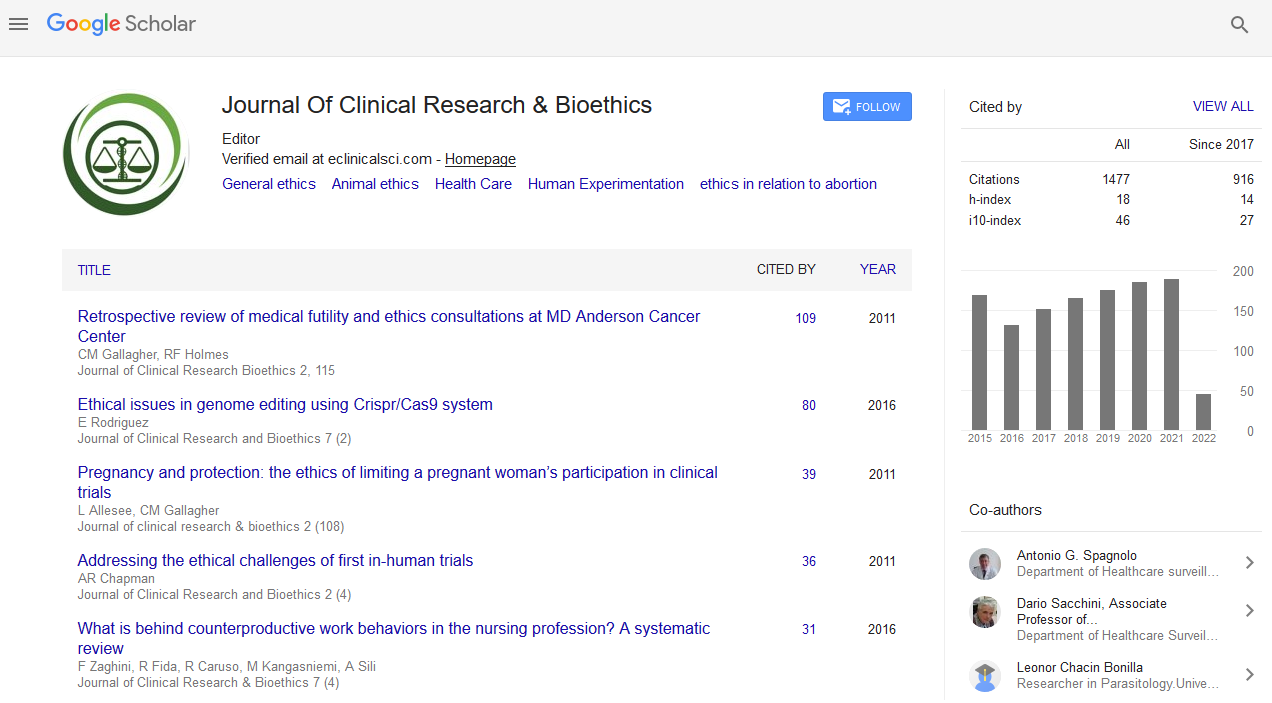PMC/PubMed Indexed Articles
Indexed In
- Open J Gate
- Genamics JournalSeek
- JournalTOCs
- RefSeek
- Hamdard University
- EBSCO A-Z
- OCLC- WorldCat
- Publons
- Geneva Foundation for Medical Education and Research
- Google Scholar
Useful Links
Share This Page
Journal Flyer

Open Access Journals
- Agri and Aquaculture
- Biochemistry
- Bioinformatics & Systems Biology
- Business & Management
- Chemistry
- Clinical Sciences
- Engineering
- Food & Nutrition
- General Science
- Genetics & Molecular Biology
- Immunology & Microbiology
- Medical Sciences
- Neuroscience & Psychology
- Nursing & Health Care
- Pharmaceutical Sciences
Abstract
Magnitude of Stunting and Associated Factors Among 6-59 Months Old Children in Hossana Town, Southern Ethiopia
Beminet Moges, Amsalu Feleke, Solomon Meseret and Feleke Doyore
Introduction: Stunting remains a public health problem of greater magnitude and it more accurately reflects nutritional deficiencies of the most critical periods of growth and development in early life. Therefore, the study was aimed to assess the magnitude of stunting and associated factors among 6-59 months old children in Hosanna town, Southern Ethiopia.
Methods: A community based cross-sectional study was conducted using a simple random sampling technique with a sample size of 734 children, aged 6-59 months. The structured questionnaires were used to collect data. Data analysis was done by SPSS version 20 and ENA for SMART, 2011 software.
Results: The study result reveals that 35.4% of 6-59 months old children were stunted, with even higher rates among male children 138 (53.1%). Children more likely to be stunted included: those between 24 and 35 months (AOR=2.29; 95%CI:1.10, 4.82), those whose mothers had no education (AOR=5.38; 95%CI:2.27, 12.77), those from a low income household (AOR=3.92; 95%CI:2.54, 6.06), those who were physically small at birth (AOR=2.10; 95%CI:1.13, 3.93), having birth order of 4 and above (AOR=2.32; 95%CI:1.28, 4.21), those who breastfed for longer than 24 months (AOR=2.49; 95%CI:1.03, 6.00), and those whose mothers did not use a cup to feed their children (AOR=2.08; 95%CI:1.05, 4.15).
Conclusion: The findings of this study have proven stunting were a high prevalent problem in the study area. The child’s age, mother’s education level, household income, birth order, size at birth, duration of breastfeeding and cup feeding were found to be associated factors of stunting. All of the factors, except birth order, could be reversed through thoughtful programming. The findings of this study suggest that there is potential need for linking nutrition interventions in the study area.


